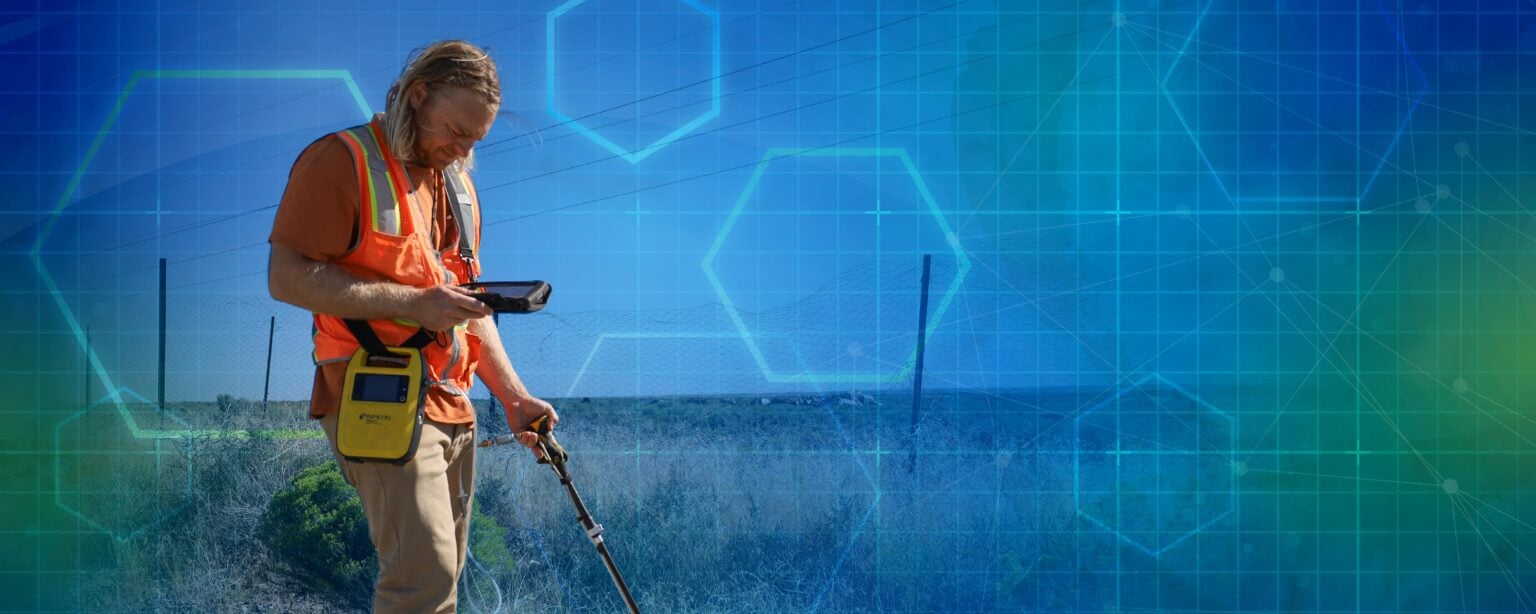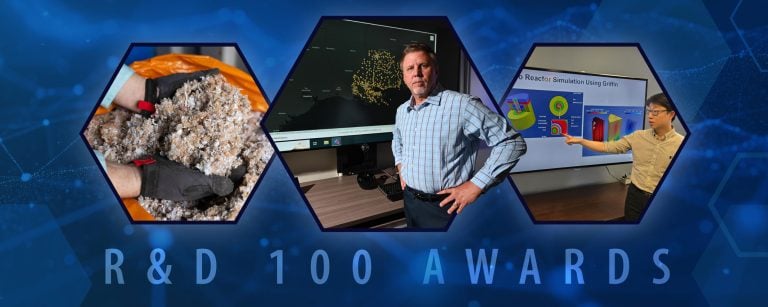In 2021, Idaho National Laboratory committed to achieving net-zero carbon emissions by 2031. But reaching net-zero greenhouse gas emissions at an organization the size of INL is no easy task.
The laboratory occupies a space roughly 85% the size of Rhode Island. In terms of people and infrastructure — roughly 6,000 employees, 700 vehicles, 300 buildings, 125 miles of roads, three fire stations, 126 miles of high-voltage transmission lines and a wastewater treatment plant — INL is the size and complexity of a small city.
INL’s infrastructure includes four landfills, located in Scoville, Idaho, that cover about 200 acres.
In 2022, U.S. landfills contributed about 14.4% of human-related methane emissions — equivalent to the emissions of about 24 million passenger cars — according to the Environmental Protection Agency (EPA). In particular, landfills emit a lot of methane, a potent greenhouse gas with more than 28 times the impact of carbon dioxide.
Based on an EPA model for municipal solid waste landfills, INL’s landfills were estimated to be emitting about 8,000 metric tons of carbon dioxide-equivalent greenhouse gasses each year. For comparison, a typical passenger vehicle emits about 4.6 metric tons of carbon dioxide each year according to the EPA.
Finding and implementing a technology solution to eliminate carbon emissions from INL’s landfills would cost millions.
So, when analysts with INL’s Net-Zero team began looking at options to reduce emissions at the laboratory’s landfills, they first decided to apply a little science.
The resulting data helped the Net-Zero team save money, reprioritize its projects, and establish INL as a role model for other organizations and municipalities working to meet their own emissions goals.
INL’s garbage is different
The Net-Zero team had good reason to believe that INL’s landfills are different, which prompted the team to start asking questions.
“The garbage INL throws away doesn’t sync up with what you would find at a municipal solid waste landfill,” said Maryl Fisher, an analyst with INL’s sustainability team.
INL’s efforts to reduce municipal solid waste have helped prevent emissions. In 2023, the laboratory successfully diverted 53.8% of its waste through recycling efforts. “INL has a lot of construction waste,” Fisher said. “If you think about the type of waste you throw away at your house, it’s not the same. The microbes that eat the bananas are the ones emitting the methane. Microbes don’t eat crushed up concrete, at least not that I know of.”
“We had a number we used, a mathematical model, which was the best model at the time,” Fisher said. “But if you want to know how to address something, you have to dig a little deeper into the garbage.”

Negligible concentrations of methane
In 2022, Fisher and her colleagues hired a contractor, Tetra Tech, to collect 12 months of data from both inside and at the surface of two of the landfills to get a better idea of INL’s true landfill emissions. The results were significantly lower than the EPA model predicted.
Tetra Tech estimated a maximum of 1,584 metric tons of carbon dioxide-equivalent emissions were generated below the surface per year. Little of that, however, was making it above ground. According to the report “negligible concentrations of methane” were found at the surface of the landfills.
The result is a huge win for INL’s net-zero efforts. Instead of spending millions of dollars (estimates approached $6 million) to invest in a system to capture the emissions, INL can implement less expensive, eco-friendly solutions like a soil cap on the surface of the landfills.
Right-sizing priorities for net-zero
Taking the time and effort to gather actual data shows other large organizations and municipalities the value of good science as they work to reduce their own emissions.
“We don’t need to spend a lot of money on capturing gas from the landfill for reducing emissions,” Fisher said. “Those funds can be moved to some of the other areas such as mobile combustion (eliminating emissions from INL’s vehicle fleet). We can look at making buildings more efficient. It helps us right-size our priorities for our Net-Zero Program.”
As a national laboratory, INL is focused on technology-based solutions to energy and national security challenges, Fisher said. However, when it comes to eliminating and offsetting greenhouse gas emissions, INL also hopes to serve as a role model.
“It is a process we started when INL put together our Net-Zero Program,” Fisher said. “We keep asking questions and, as we go along, we learn a little bit and ask another question.”
“Rather than taking the numbers (from the EPA model) and marching forward, we asked more questions to try to understand the numbers,” Fisher said. “And we’re glad we asked those questions. It’s been very enlightening.”





